Lubricant Additive
Time:
2025-08-08
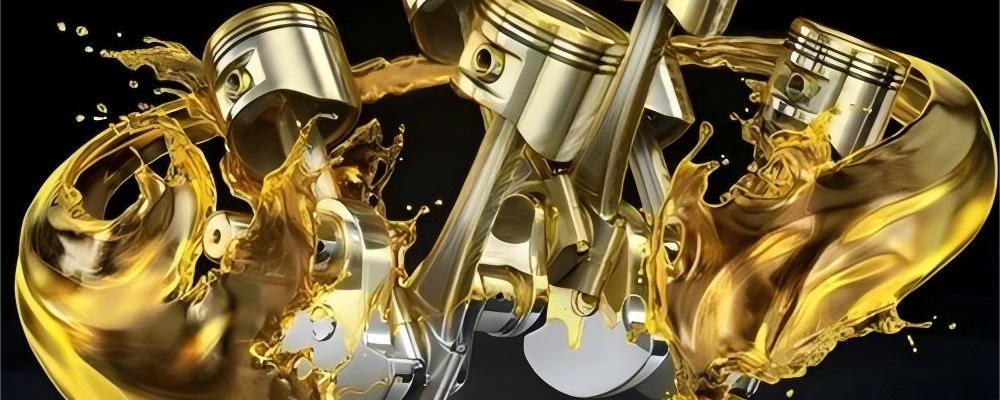
Lubricant Additive
In the world of machinery and automotive, Lubricant is the basic to ensure normal operation and extend the service life of equipment.
The quality of lubricant cannot be guaranteed without lubricant additives, the additives are the primary ways of improving lubricating oil quality and increasing the variety of oils available, and also an important way to improve lubricant performance and reduce environmental pollution.
CheMost will share what is a lubricant additive? How are lubricant additives made? What are the types? and their respective functions and applications.
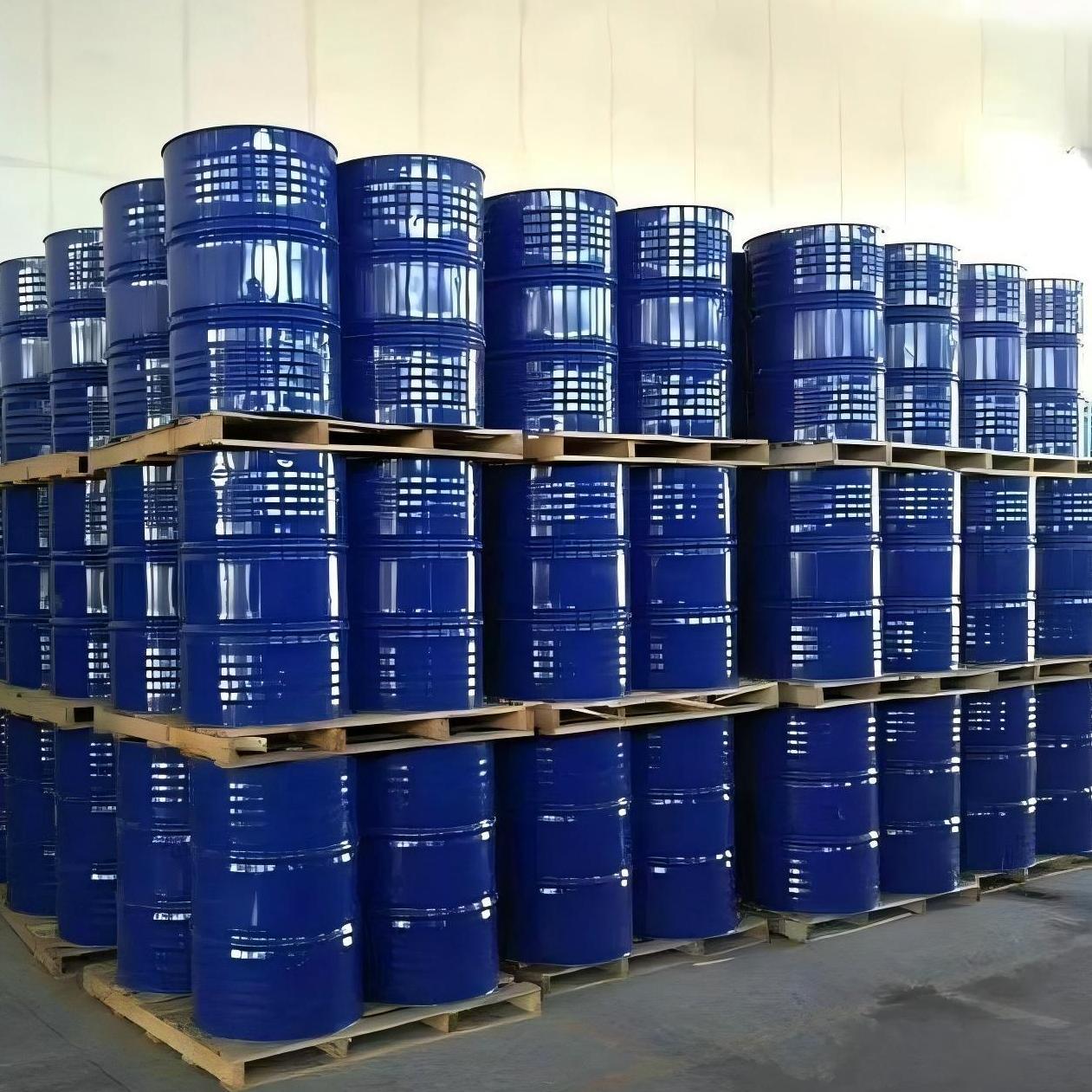
What is a Lubricant Additive?
Lubricant additives are specialized chemical compounds mixed with base oils to enhance the properties of lubricating oils.
These additives impart crucial characteristics such as disperse and clean oil sludge, anti-wear, antioxidant,
viscosity improvement, reduce the pour point and more, ensuring that lubricants meet industrial,
automotive, and commercial applications.
How Are Lubricant Additives Made?
The formulation of lubricant additives is a complex process that involves chemical engineering, material science, and extensive testing.
- Development: Before production begins, lubricant additives manufacturers will molecular structure, compatibility, solubility, and thermal stability are considered when designing an additive.
- Synthesis: Lubricant additives are synthesized through chemical reactions involving the combination of hydrocarbons with other elements like sulfur, phosphorus, calcium, zinc, or nitrogen. For example, Zinc Dialkyldithiophosphate (ZDDP), an anti-wear additive, is produced by reacting alcohols with phosphorus pentasulfide followed by zinc salts.
- Performance Testing: Lubricant additive undergoes rigorous testing to evaluate its performance in areas like wear prevention, corrosion resistance, oxidation stability, and more.
- Packaging: Finished additives are packaged in appropriate containers, often drums or IBCs.
Types of Lubricant Additives
Many types of lubricant additives, each with specific functions. Conventional lubricant additives include:
1. Ashless Dispersants
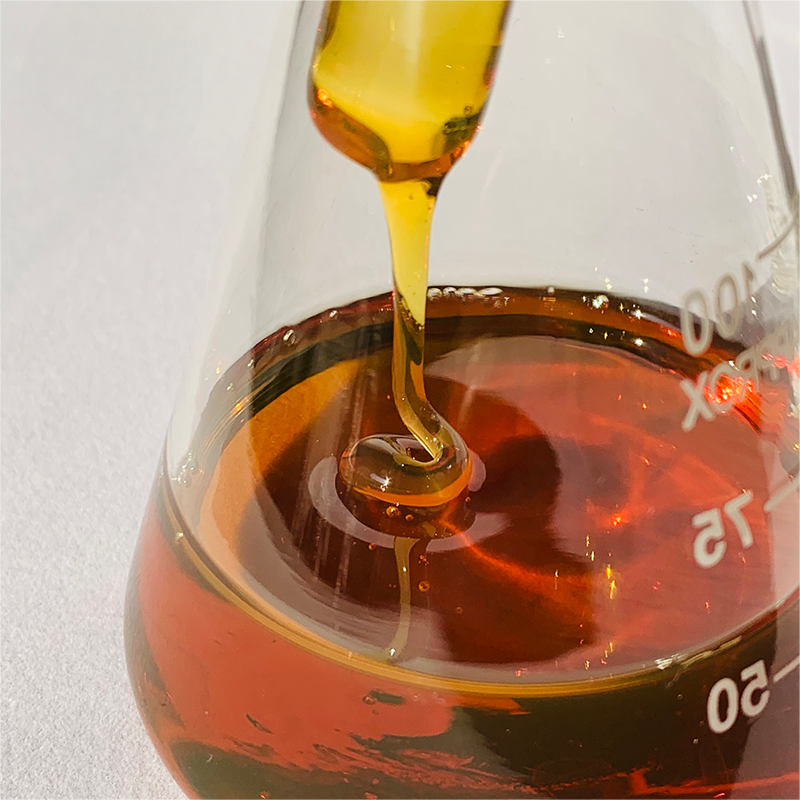 Ashless dispersants are generally polyisobutylene succinimide, which can keep insoluble contaminants like soot and oxidation by-products suspended in the oil, preventing sludge formation and deposit build-up.
Ashless dispersants are generally polyisobutylene succinimide, which can keep insoluble contaminants like soot and oxidation by-products suspended in the oil, preventing sludge formation and deposit build-up.
Ashless dispersants are key to keeping engines clean. Over time, combustion produces microscopic particles and sludge that can settle inside the engine. These unwanted deposits can cause sticky piston rings, reduced efficiency, and higher emissions.
Ashless dispersants work by holding solid contaminants in suspension so they don’t stick to engine surfaces. Unlike detergents, they don’t leave behind metallic ash when burned, which is especially important in modern low-emission engines where ash buildup can damage emission control devices.
They’re commonly found in engine lubricants and additives for cars, trucks, and marine engines. In diesel engines, where soot levels can be high, they help prevent sludge from turning into harmful varnish deposits.
Dispersants are mainly used in combination with detergents and are often found in engine oil, helping to keep the engine clean and prevent carbon deposits.
2. Detergents
Detergents are alkaline additives that neutralize acidic contaminants in oils and clean engine surfaces by 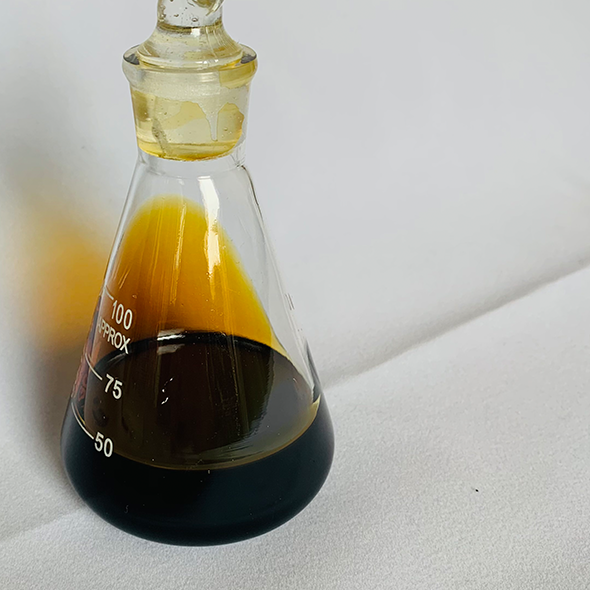 removing carbon and varnish deposits.
removing carbon and varnish deposits.
In lubricant additives, detergents play a double role:
-
Cleaning surfaces like pistons, valves, and cylinder walls.
-
Protecting metal by neutralizing harmful acids.
Detergents generally have a high alkalinity value, typically TBN 300/TBN 400 or higher, conventional detergents include calcium sulfonate and magnesium sulfonate.
Detergents are the main additives in engine oil. As the engine runs, the oil temperature rises, causing the lubricating oil to oxidize and increase in acidity. The alkalinity of detergents neutralizes this acidity, thereby maintaining the performance of the lubricating oil.
3. Antioxidants
Oil naturally reacts with oxygen over time, especially when exposed to heat. This leads to oxidation, which thickens the oil, forms sludge, and creates acidic compounds.
Antioxidants inhibit the oxidation of base oil, extending the lubricant’s service life. By preventing the formation of acids and sludge, antioxidants protect engine components from corrosion and wear.
Common antioxidant types include amines and phenols, which are particularly effective in high - temperature engine environments.
They’re especially critical in industrial machinery lubricants where downtime is costly, and in automotive lubricants where oil change intervals are being extended.
4. Viscosity Index Improvers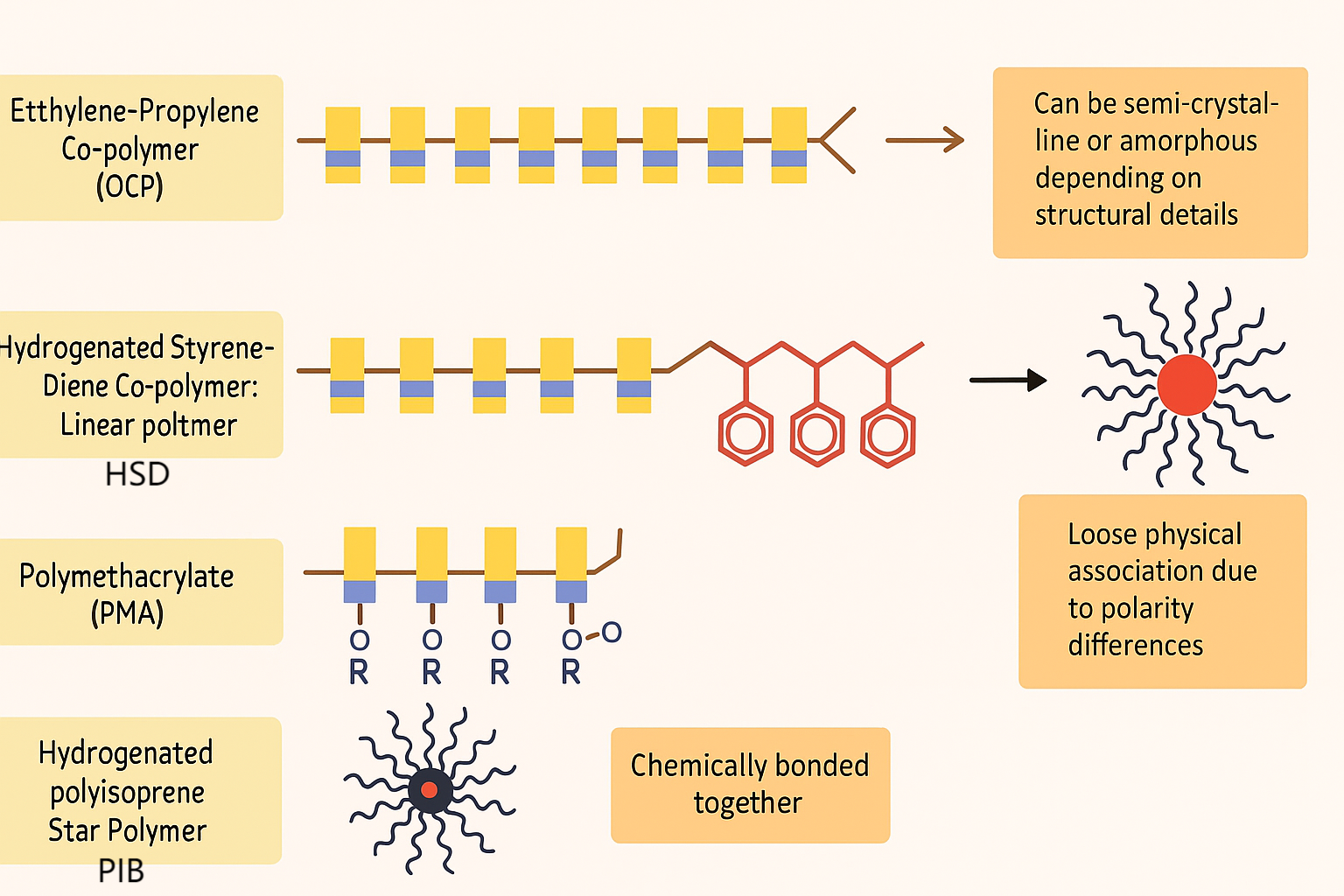
Every oil has a viscosity index — a measure of how much its thickness changes with temperature. Without additives, oil becomes too thick in the cold and too thin in the heat.
Viscosity index improvers are polymeric molecules that expand when heated, helping oil stay thicker at high temperatures. This means an engine can start easily on a winter morning and still have adequate protection on a hot summer day.
The types of viscosity index improvers are generally OCP, HSD, PMA, PIB, etc., all of which have the ability to improve viscosity index and possess their own characteristics.
These polymer-based additives enhance the viscosity-temperature relationship of the lubricant, allowing it to maintain consistent viscosity across a broad temperature range. This is especially critical for multi-grade engine oils.
5. Adhesive Additives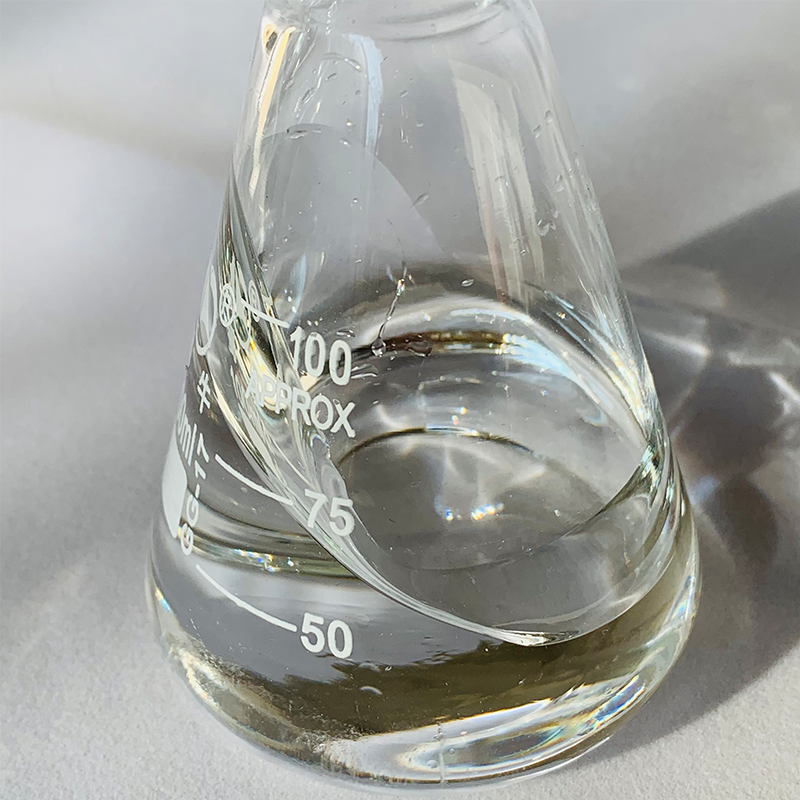
Adhesive additives improve the ability of lubricating oil to cling to metal surfaces, even under high-speed or high-temperature conditions. This ensures a continuous film of oil, reducing metal-to-metal contact.
Adhesive additives also improve the adhesion of lubricants, reducing splashing and preventing certain losses.
This is particularly important in gear oils for industrial equipment and chain lubricants in machinery that operates intermittently.
The conventional adhesive additives is polyisobutylene(PIB), a colorless, odorless, transparent viscous liquid with a variety of molecular weights, commonly used at 1300/2400 molecular weight. Its characteristics include excellent oil solubility, making it suitable for use with any lubricant.
6. Pour Point Depressant
Cold weather can make oil waxy and solidify, which stops it from flowing. Pour point depressants prevent wax crystals from growing large enough to block oil flow.
Pour point depressants prevent the wax in oil from solidifying at low temperatures, ensuring the lubricant remains fluid in cold environments.
These additives are essential in hydraulic fluids and gear oils used in cold climates.
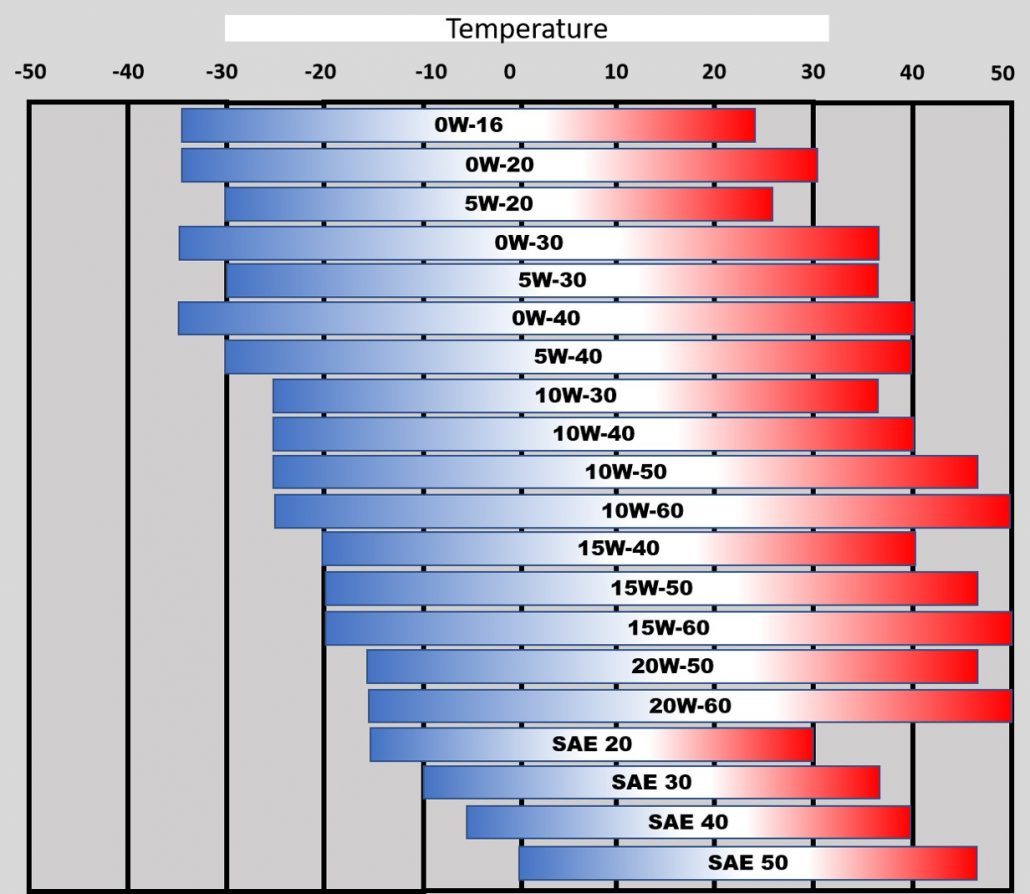
7. Extreme Pressure Additive (EP Additives)
When heavy machinery operates under massive loads, standard oil films can break down, allowing metal-to-metal contact. Extreme pressure (EP) additives react chemically with metal surfaces to form a sacrificial layer that prevents welding and galling.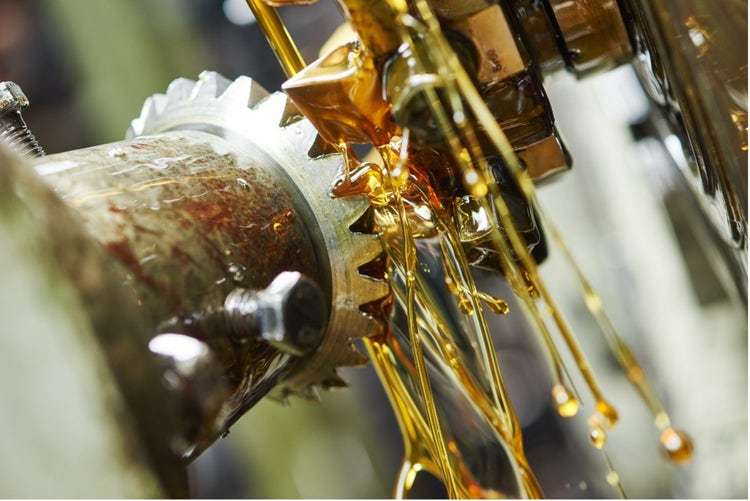
EP additives are designed for high-load conditions, forming a protective layer on metal surfaces to prevent welding or scoring.
Common in gear oils, industrial lubricants, and off-road equipment lubricants, EP additives are crucial for protecting components under high-stress conditions.
8. Antiwear Additives & ZDDP
ZDDP (Zinc Dialkyldithiophosphate) is a popular antiwear additive known for its dual function, It forms a protective phosphate layer on metal surfaces, reducing wear and offering antioxidation properties.
Antiwear additives are essential in camshafts, valve trains, and other high-friction areas.
ZDDP also has antioxidant properties, making it a dual-purpose additive.
9. Friction Modifiers
Friction modifiers reduce friction between surfaces in contact, improving fuel economy and reducing wear. They are often used in engine oils and automatic transmission fluids.
10. Corrosion Inhibiting Additives
These additives protect metal surfaces from rust and corrosion caused by water, acids, and other contaminants. They are particularly important in marine and industrial lubricants.
11. Metal Deactivators
Some metals, like copper, can speed up oil oxidation. Metal deactivators chemically bond to these metals, preventing them from catalyzing harmful reactions.
Metal deactivators neutralize the catalytic effect of metal ions that accelerate oxidation in lubricants. They are essential in extending oil life in systems with brass or copper components.
12. Emulsifiers
Emulsifiers enable oil and water to mix, forming stable emulsions. These are used in cutting fluids and other metalworking lubricants.
13. Demulsify Additive
In contrast to emulsifiers, demulsify additives promote the separation of water from oil. This is critical in turbine oils and hydraulic fluids where water contamination can be detrimental.
14. Foam Inhibitors
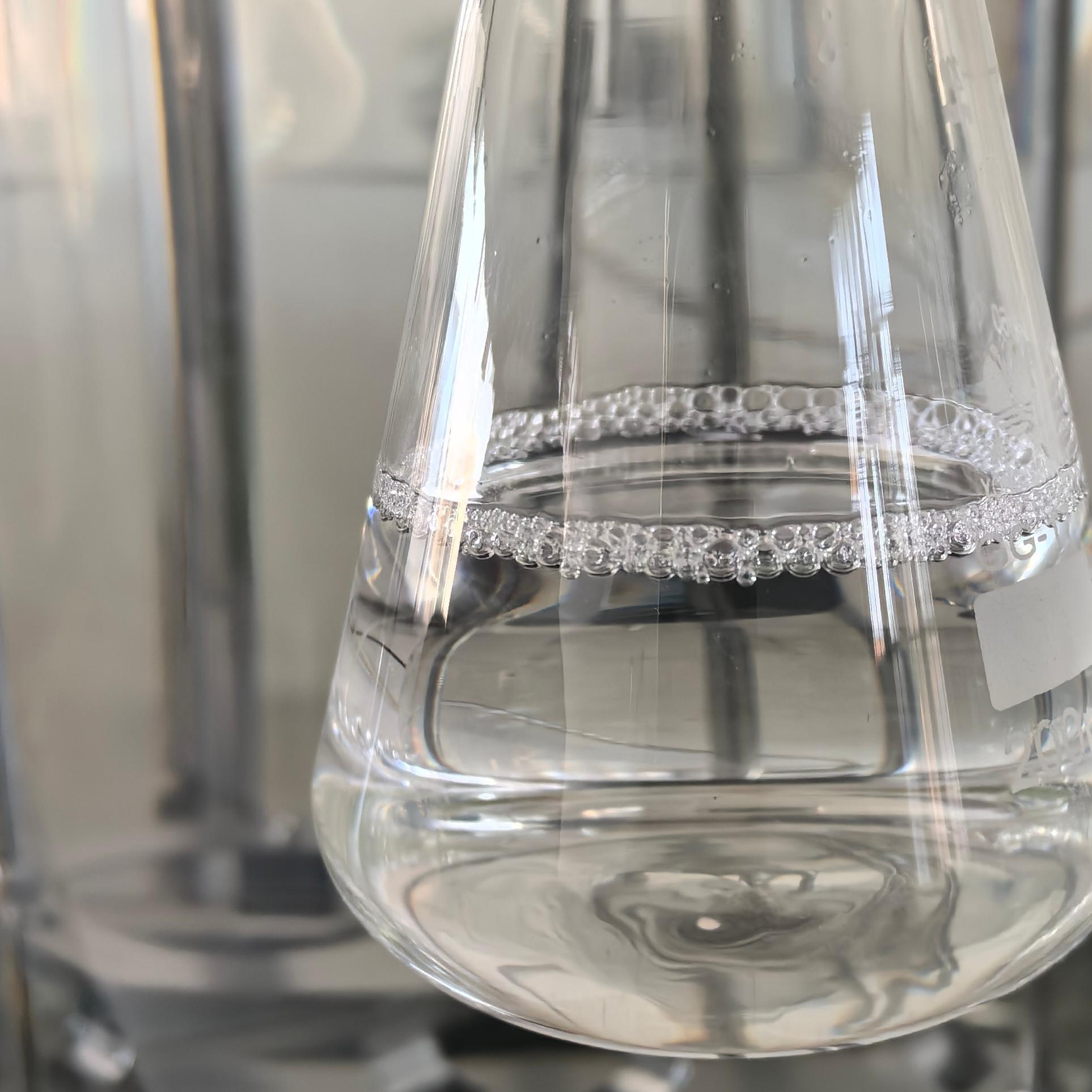 Foam can reduce lubrication efficiency and cause cavitation in pumps.
Foam can reduce lubrication efficiency and cause cavitation in pumps.
Foam inhibitors reduce surface tension, allowing bubbles to collapse quickly.
Foam inhibitors or antifoam additives prevent the formation of foam that can reduce lubricating efficiency and cause cavitation
in hydraulic systems.
They are common in hydraulic fluids, gear oils, and engine lubricants where high-speed agitation occurs.
Importance of Lubricant Additives
Without the aid of lubricant additives, even the most refined base oil would fall short in meeting the performance demands of today’s equipment. From reducing maintenance costs to improving fuel efficiency and extending the life of components, the benefits of additives are far-reaching.
Conclusion
Understanding lubricant additives and their functions helps in selecting the right formulation for specific applications, reducing operational costs, and extending machinery life. As the industry evolves, new types of lubricating oil additives are emerging to meet the demands of evolving technology and environmental regulations.
With a careful balance of ashless dispersants, detergents, antioxidants, extreme pressure additives, and others, today’s lubricants offer unmatched performance and reliability. Whether you’re a formulation chemist, engineer, or equipment operator, understanding lubricant additives empowers you to make better, more informed decisions.
FAQs About Lubricant Additives
1. What are lubricant additives?
They are chemical compounds added to base oil to enhance its protective and performance properties.
2. Are all lubricant additives the same?
No, there are many types, each designed for specific functions.
3. Can I use multiple additives together?
Yes, but they must be compatible, often provided as additive packages by manufacturers.
4. Do lubricant additives improve fuel economy?
Some, like friction modifiers, can enhance efficiency.
5. Are there eco-friendly lubricant additives?
Yes, biodegradable options are becoming more common.
6. Where can I buy lubricant additives?
From specialized lubricant additives companies or through industrial suppliers.
PRODUCTS CENTER
MORE BLOG
2025-08-08
CheMost
CheMost Additives CO.,LTD
ADDRESS: CheMost Additives CO.,LTD, Jinzhou city, Liaoning provice, China
To learn more about CheMost, please click the button to contact us anytime.
Get product catalogCopyright© 2025 CheMost Additives CO.,LTD
Website:300.cn jinzhou.300.cn | SEO | Privacy Policy







